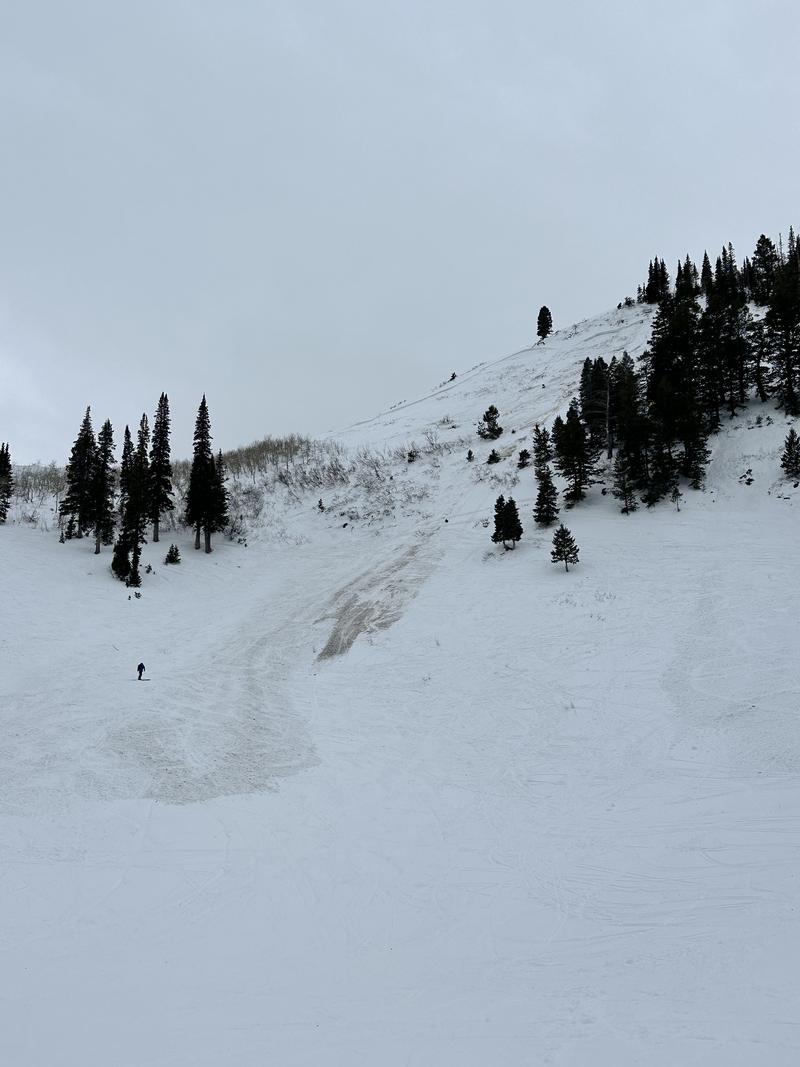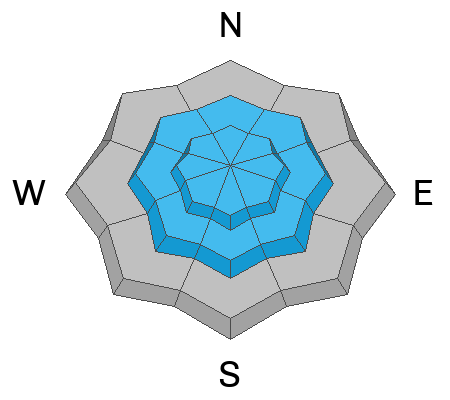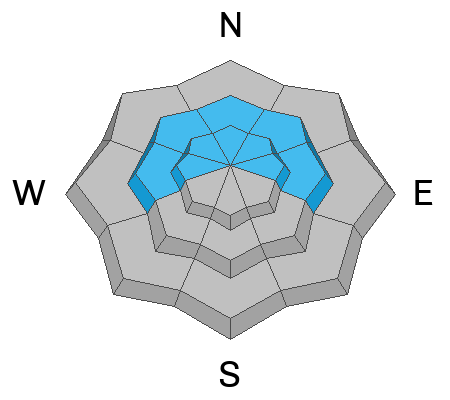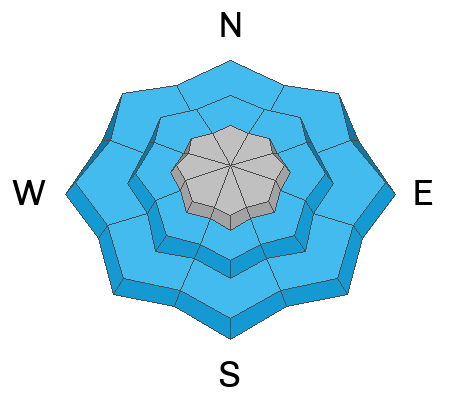Forecast for the Provo Area Mountains

Issued by Nikki Champion on
Monday morning, February 3, 2025
Monday morning, February 3, 2025
The avalanche danger is CONSIDERABLE on all mid- and upper-elevation slopes, where human-triggered avalanches are likely to fail on a layer of weak, faceted snow, now buried beneath the new snow and recent wind drifts. These avalanches could be 1–3 feet deep and may be larger if they involve the facets near the ground.
Strong winds have created wind drifts at mid and upper elevations, which can be avoided by staying on lower-angle slopes. Avoid being near or under large cornices, as they may break further than expected and trigger avalanches below.
At low elevations, the danger will rise to CONSIDERABLE due to wet snow avalanches, with risk increasing as temperatures rise throughout the day and into tomorrow. This is of particular concern to ice climbers who spend most of their time in exposed gullies in avalanche paths. Be certain of what's above you before starting your ascent.
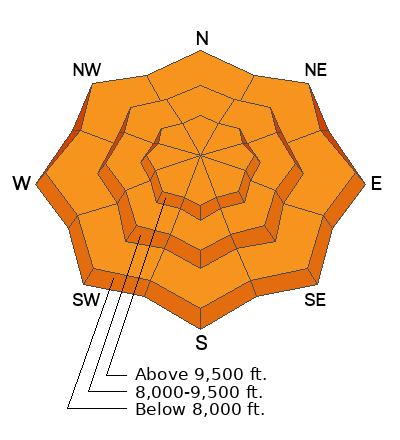
Low
Moderate
Considerable
High
Extreme
Learn how to read the forecast here


